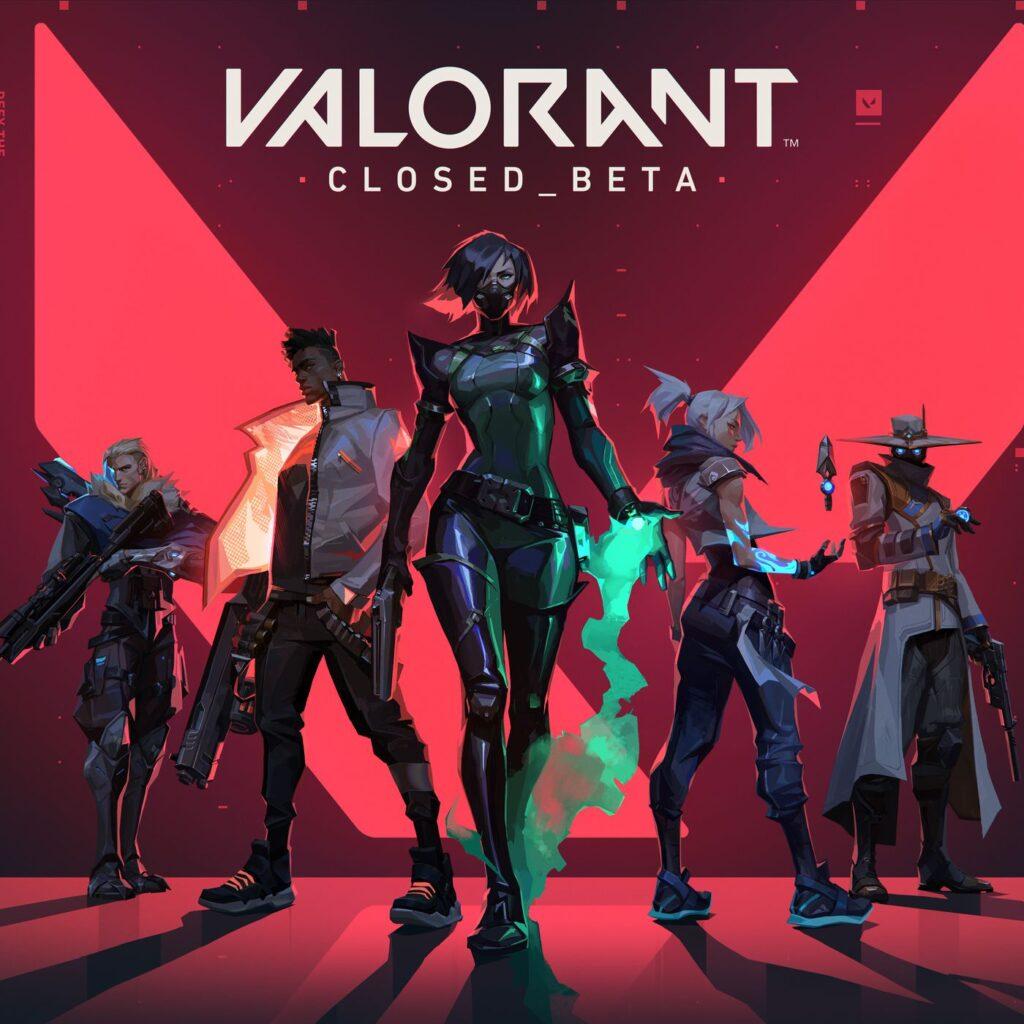Riot Games, developer of the well-known League of Legends, has begun to roll out closed beta for their all-new tactical-shooter game, Valorant, allowing a restricted group of individuals to test out the game.
Riot is yet to announce an exact release date. The exact date is said to depend on the feedback received from the closed beta, but the current situation with the pandemic will likely push it back. For now, the release is projected to happen this summer.
Since Riot Games showcased the new shooter back in October, sources have speculated that the game would be a combination of two well-established first-person shooter games, Overwatch and Counter-Strike: Global Offensive .
Having played quite a bit of Overwatch and a more limited amount of Counter-Strike, I found the concept of this game to be very interesting, and I really wanted to try it out.
Riot rolled out the closed beta via drops through Twitch streams. Anyone hoping to join the closed beta linked their Riot account to their Twitch account, tuned in to a stream with drops enabled and prayed to be lucky enough to receive one.
I was lucky enough to receive the drop on the first day they began releasing them, on April 7. None of my other friends had received the drop at that point, and most of them didn’t get their drop until later that week.
In Valorant, teams of five compete against each other in order to where each team is trying to win 13 rounds. Each round begins with a buying phase, where players can buy guns and abilities using currency accumulated throughout the match from kills and winning/losing rounds. A round can end in three ways: Attackers can win a round by successfully planting and detonating the spike (the game’s term for a bomb), defenders can win a round by successfully defusing the planted spike, or when all players from one team are eliminated. Attackers and defenders switch sides after 12 rounds.
On the positive side, the game runs smoothly — the lower end graphics allow most computers, mine included, to run the game at a high frame-rate, and the 128 tick servers make movement twice as smooth as the traditional 64 tick server that most games use.
Upon experiencing actual gameplay, I noticed that the game plays much more similarly to Counter-Strike than it does to Overwatch. One key difference, however, is that the maps are much more compact in Valorant, making long-range weapons less powerful.
The developers evidently explored different elements in their map designs. Currently, Valorant only has three maps, but one has three bomb sites (compared to the standard two that all Counter-Strike maps have) and another has a teleporter. These elements vary gameplay quite a bit, by changing up attacking and defending strategies, and, in my opinion, make it different enough from Counter-Strike to strike players as a unique and fun game.
In contrast to Counter-Strike, characters in Valorant have abilities, just like in Overwatch. Utilities such as smokes, grenades, and flashbangs in Counter-Strike are now available as different agents’ abilities in Valorant.
Because of the Twitch drop beta system, the game has already gained immense viewership and popularity. On April 7, the first day with drops enabled, Valorant peaked at 1.7 million concurrent viewers, breaking the record for “single-day hours watched” in a single game category.
Valorant’s branding as a more kid-friendly game is contributing to its growing popularity. Instead of the terrorists, bombs, AK-47s and M4A1s of Counter-Strike, Valorant features alternatives like spikes and weapons like Vandals, Ghosts, and Phantoms, in order to avoid affiliation with gun violence or other violence, making it easier for companies to endorse the game and further expand its fanbase.
Fortnite was also a game that implemented this strategy, featuring real-world weapons like M4A1s, P90s and AK-47s, but calling them different names less associated with violence such as “Assault Rifle,” or “Compact SMG.” Fortnite also discouraged players referring to guns with their real-life name, as they do not want these weapons names to be associated with a game for children. This branding approach has allowed the game creators to seal brand deals that have grown their player-base drastically and it seems that Valorant is heading down the same path.
Despite Valorant’s growing potential, it’s up to the developers to maintain a robust game. Many games in the past have seen similar successful launches just to roll downhill because of the less-than-timely updates and a poor developer team. When it was released, Apex Legends was subject to this sort of decline. The game had millions of players at launch, but developers did not touch the game for several months, and now the game hardly has any players at all.
I don’t expect Riot Games to make this mistake. After all, it has been able to keep League of Legends popular for over a decade.
Valorant is only in closed beta testing, but has already gained a massive playerbase. Many pros from Overwatch and Counter-Strike have spent hours on the game, and some have even said they would switch to Valorant. With the experienced Riot developers, there is no doubt that this game will be successful, and I will likely continue playing it.
























